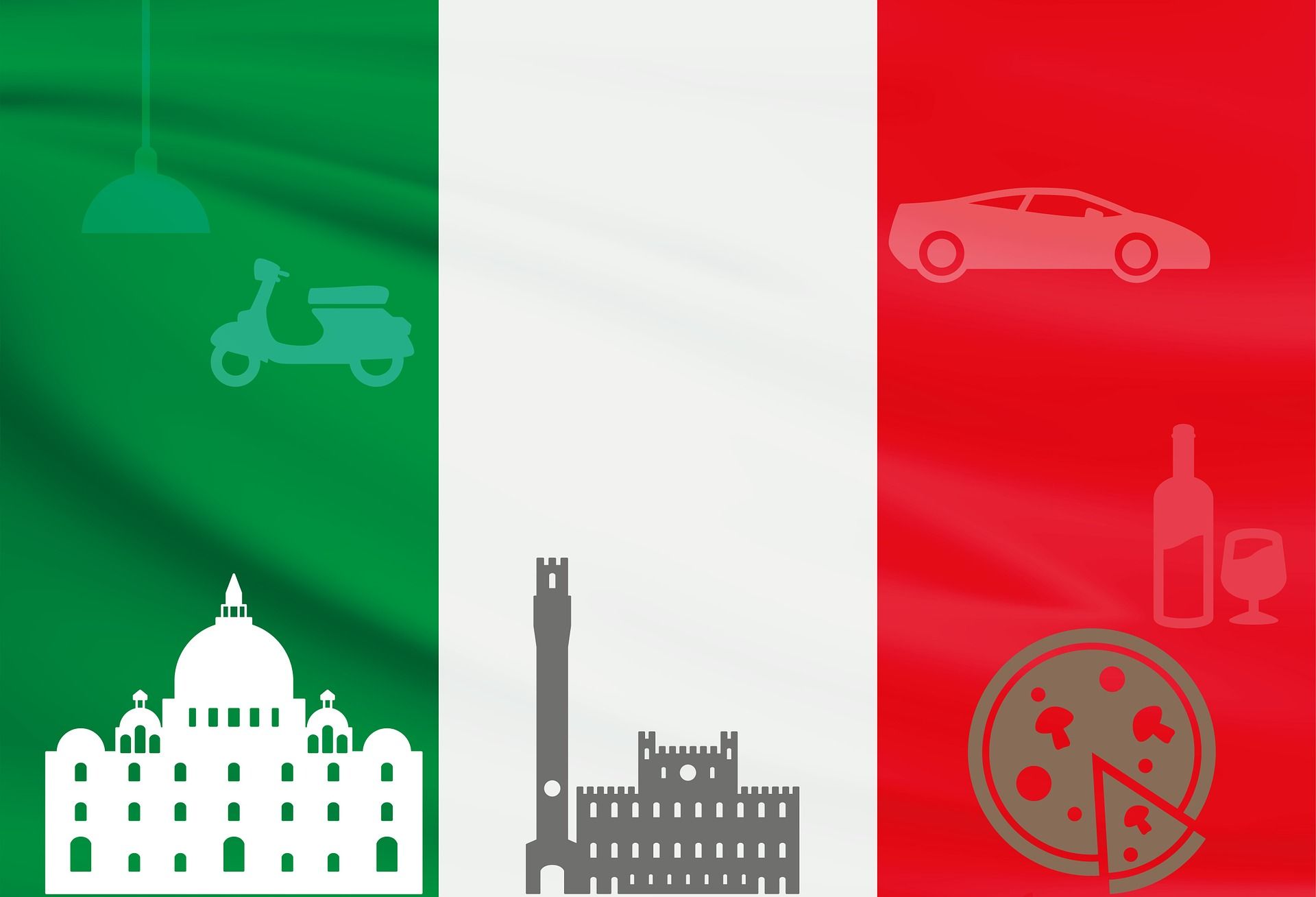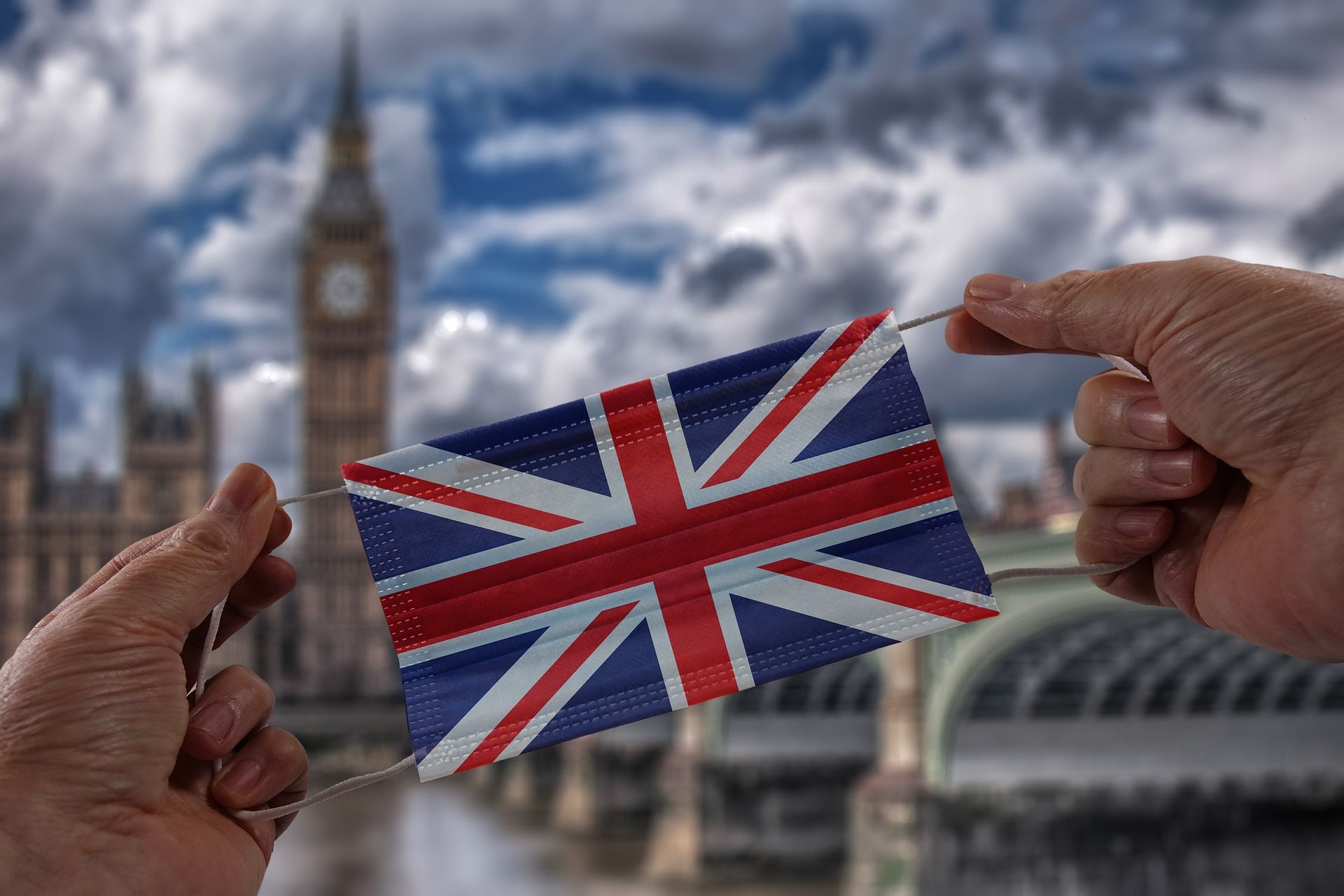Europe
Basic Information
Europe, the second smallest continent after Australia, is a diverse tapestry of cultures, languages, and landscapes. It stretches from the Atlantic Ocean in the west to the Ural Mountains in the east, and from the Arctic Ocean in the north to the Mediterranean Sea in the south. Europe’s rich history is evident in its prehistoric cave paintings, ancient Greek and Roman ruins, medieval castles, and modern cities.
The continent is home to over 740 million people spread across 50 countries, each with its own distinct identity and heritage. Europe’s geography is equally varied, featuring the rugged fjords of Norway, the rolling vineyards of France, the sun-soaked beaches of Spain, and the dense forests of Germany.
Europe has been a center of human development for millennia, influencing and being influenced by other continents through trade, conquest, and the exchange of ideas. Today, it remains a hub of global finance, culture, and politics, with the European Union as a major economic and political entity. Visitors to Europe can experience this blend of the ancient and the modern, the natural and the man-made, all within relatively short distances.
Countries
Most common questions
Which country in Europe is cheap to visit?
Among the cheapest countries to visit in Europe, you will find a delightful mix that includes Albania, Montenegro, Bulgaria, Slovakia, Hungary, Poland, Romania, Latvia, Georgia, Bosnia and Herzegovina, and Armenia.
Where Europe and Asia meet?
Europe and Asia meet at a boundary that is largely defined by natural features such as mountains and rivers. The division between the two continents is traditionally marked by the Ural Mountains, the Ural River, and the Caspian Sea in the east, and includes the Greater Caucasus range, the Black Sea, and the Turkish Straits towards the south.
What Europe countries speak English?
In Europe, English is widely spoken as a native language in the United Kingdom and Ireland. It also has official status in Malta, and Gibraltar. Additionally, English is spoken as a second language by a significant portion of the population in many other European countries, with particularly high proficiency in Netherlands, Sweden, Denmark, and Norway.


